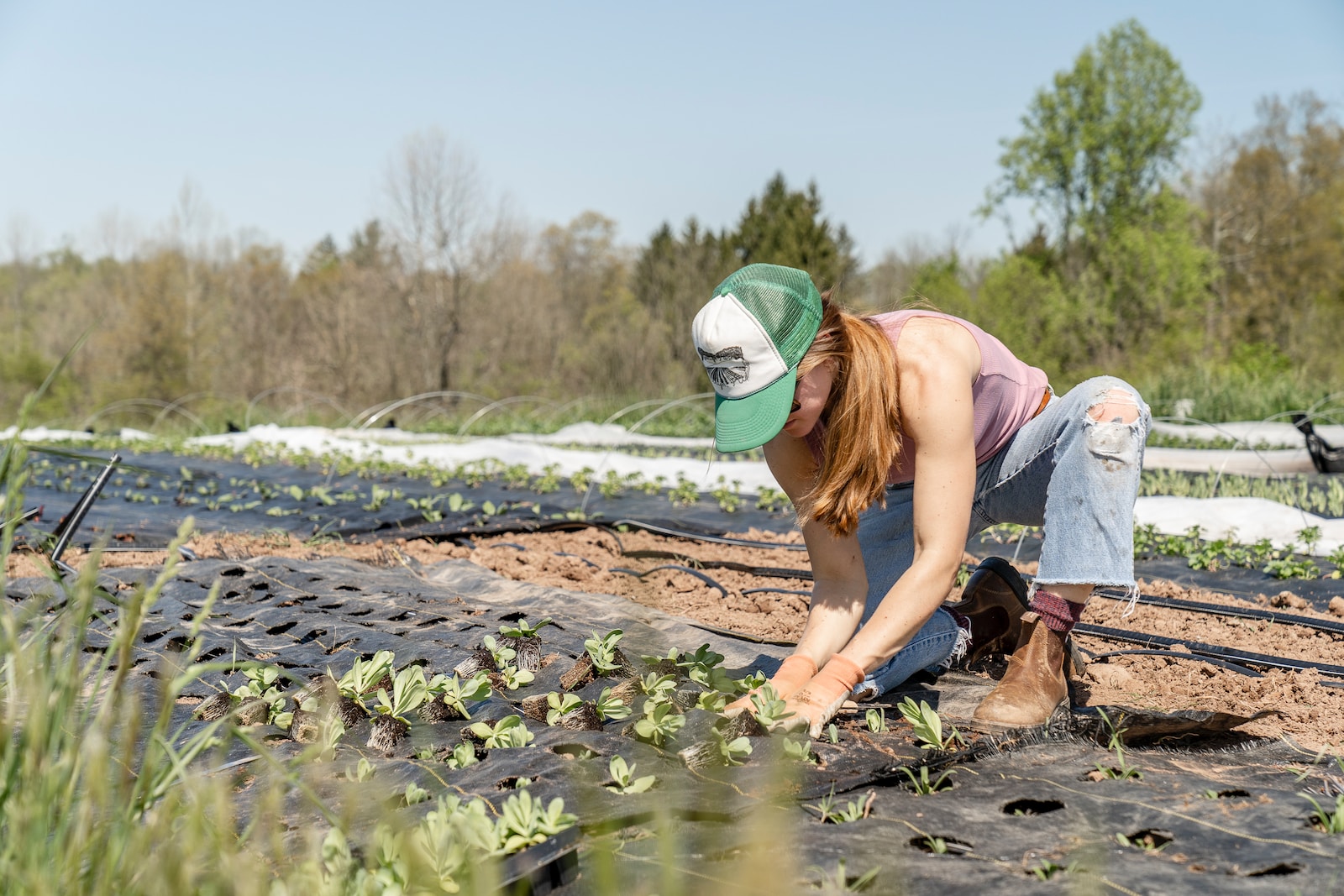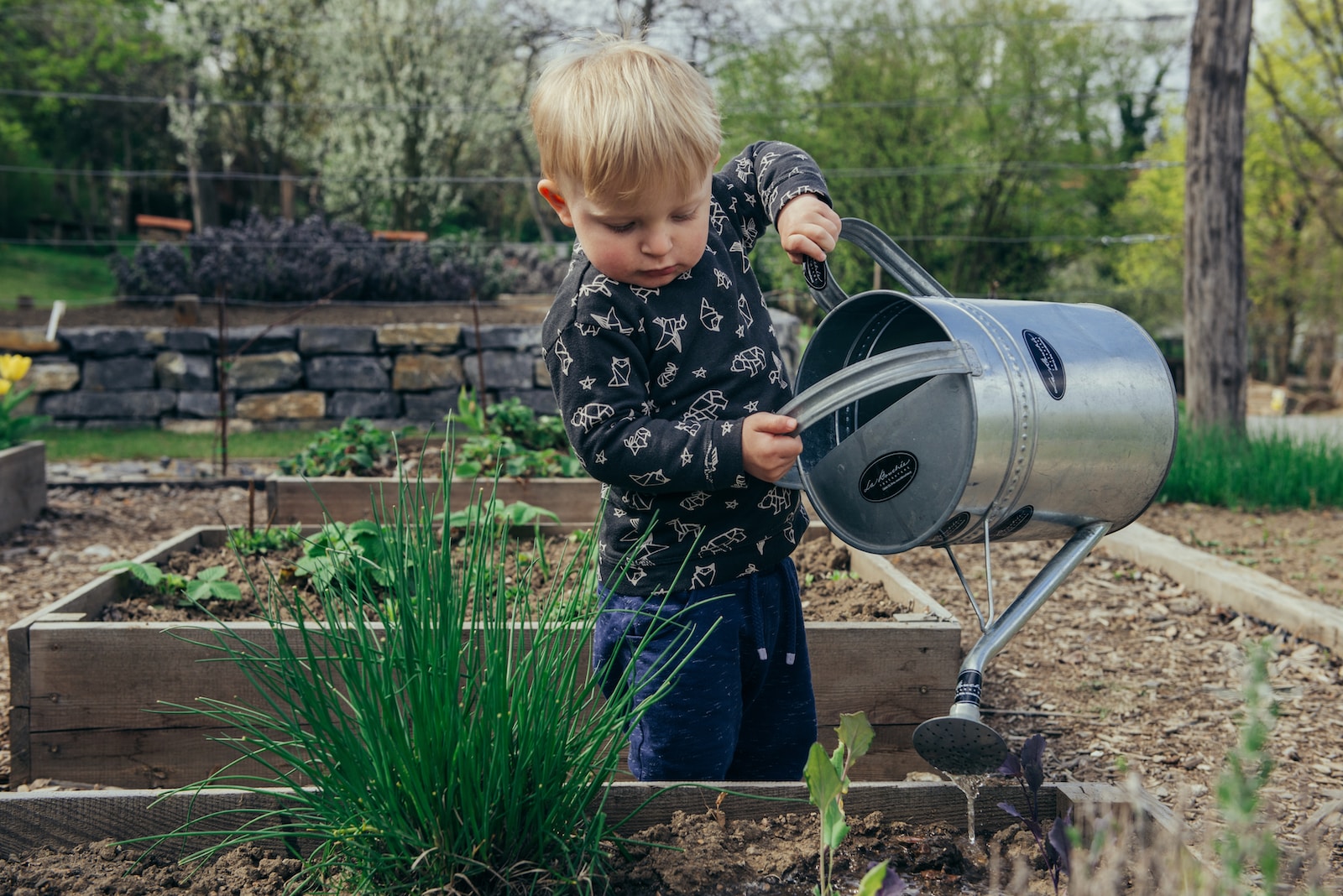Table of Contents
A garden is a space where plants are grown for food, beauty, or both. Gardening can be a rewarding hobby that can provide you with fresh, healthy food, a sense of accomplishment, and a connection to nature.
There are many benefits to gardening. Gardening can help you:
- Get exercise
- Improve your mood
- Reduce stress
- Learn about plants
- Save money on food
- Connect with nature
Choosing a location
The first step in planting a garden is to choose a location. The best location for a garden is one that gets at least 6 hours of sunlight per day. The soil should also be well-drained and fertile.
If you don’t have a lot of space, you can plant a container garden. Container gardens can be grown on patios, decks, or even indoors.
Prepare the Soil
Once you’ve chosen a location, you’ll need to prepare the soil. This involves removing any weeds or debris, and then tilling the soil to a depth of 6-8 inches. If you’re planting in the spring, you’ll also need to add compost or other organic matter to the soil.
Choose the Right Plants
The next step is to choose the right plants for your garden. There are many different types of vegetables and fruits that you can grow, so you’ll need to decide what you like to eat. You’ll also need to consider the climate in your area, as some plants are only suited for certain climates.
Planting your seeds or seedlings
Once you’ve chosen your plants, you need to decide whether to plant seeds or seedlings. Seeds are less expensive, but they take longer to grow. Seedlings are more expensive, but they will start producing food sooner.

If you are planting seeds, you need to plant them at the correct depth. The depth of the seed depends on the type of seed. For example, tomatoes should be planted 1/2 inch deep, while beans should be planted 1 inch deep.
The distance between seeds also depends on the type of seed. For example, tomatoes should be planted 18 inches apart, while beans should be planted 6 inches apart.
Caring for your garden
Once you have planted your seeds or seedlings, you need to care for your garden. This includes watering, fertilizing, and weeding.

Water your garden regularly, especially during hot weather. You should also fertilize your garden every few weeks. Fertilizing will help your plants grow strong and healthy.
Weeds can compete with your plants for water and nutrients. You should weed your garden regularly to keep the weeds under control.
Harvesting your crops
When your plants are ready to harvest, you will need to know how to harvest them. The method of harvesting depends on the type of plant. For example, tomatoes should be picked when they are ripe, while beans should be picked when they are young and tender.
Protect Your Garden from Pests and Diseases
Pests and diseases can damage your plants, so it’s important to protect your garden from them. You can protect your garden from pests and diseases by using natural methods, such as companion planting, or by using pesticides.
Conclusion
Planting a garden can be a rewarding experience. By following these steps, you can plant a successful garden that will provide you with fresh, healthy food for years to come.
FAQs
Q: What are some common mistakes that people make when planting a garden?
A: Some common mistakes that people make when planting a garden include:
- Planting seeds too deep or too shallow
- Planting seeds too close together or too far apart
- Not watering their garden regularly
- Not fertilizing their garden regularly
- Not weeding their garden regularly
Q: What are some tips for beginners who are just starting to plant a garden?
A: Some tips for beginners who are just starting to plant a garden include:
- Start small. Don’t try to plant too much in your first garden.
- Choose easy-to-grow plants. There are many varieties of plants that are easy to grow for beginners.
- Do your research. Learn about the plants that you want to grow before you plant them.
- Be patient. It takes time for a garden to grow.
Q: What are some resources for learning more about gardening?
A: There are many resources available for learning more about gardening. Some of these resources include:
- Books
- Websites
- Magazines
- Local gardening clubs